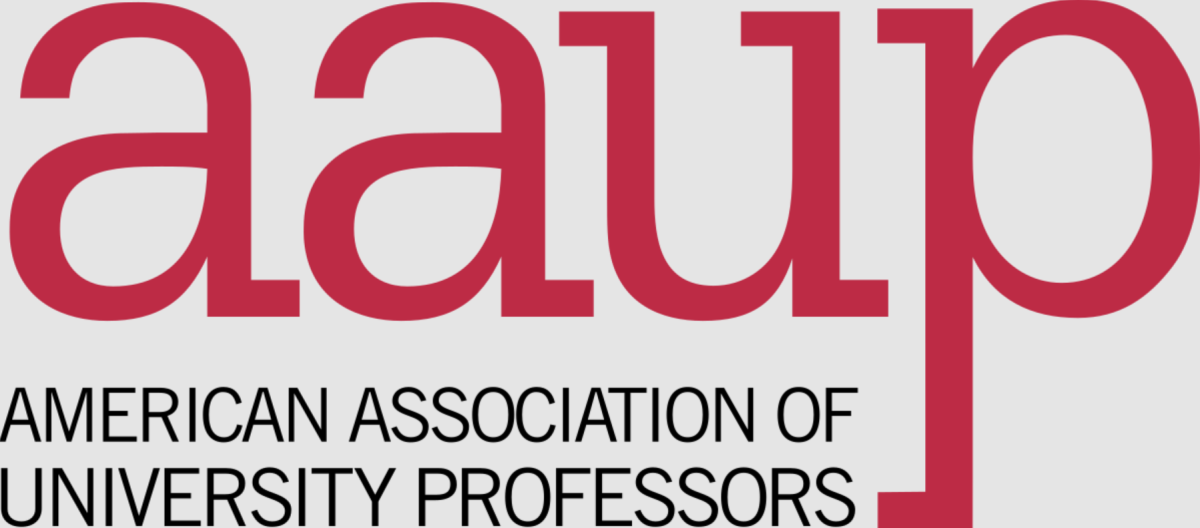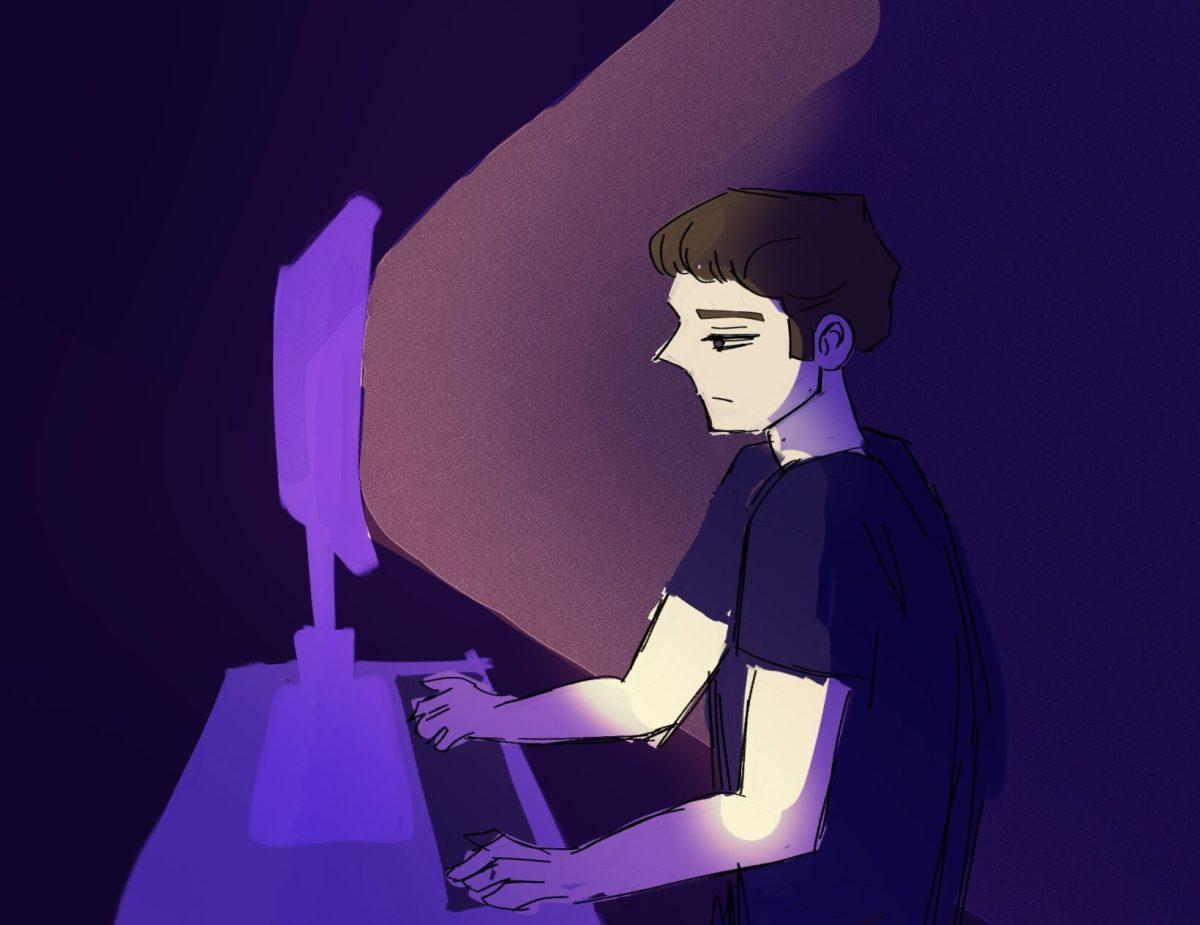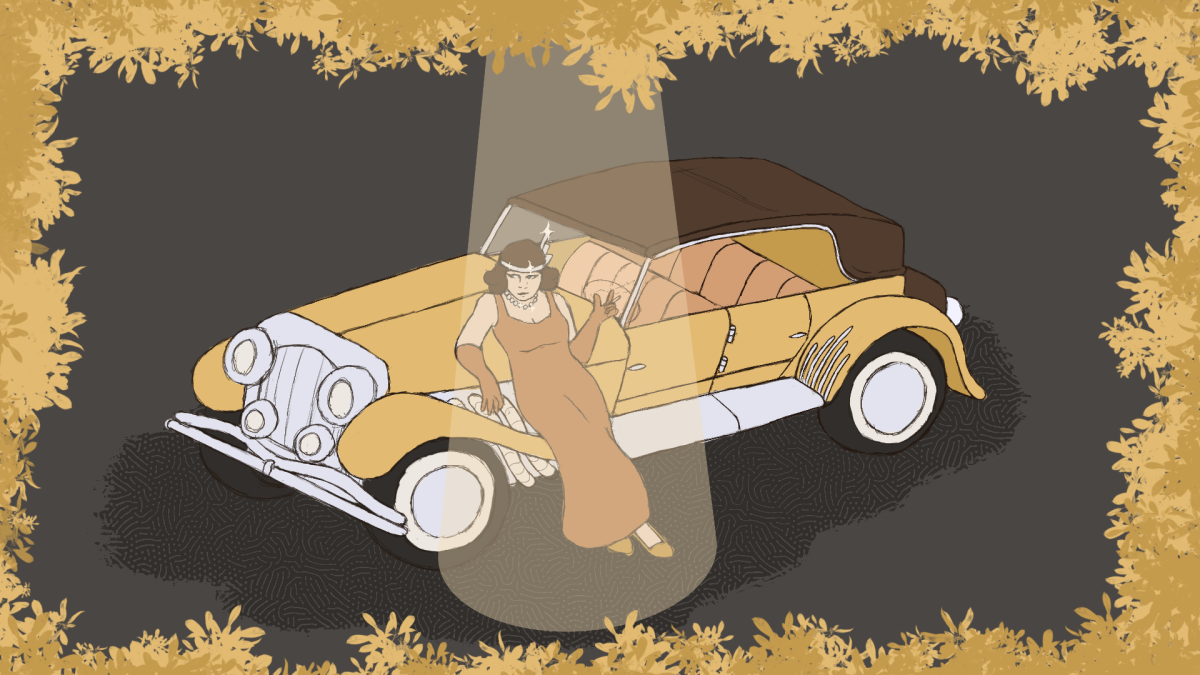It has been noted many times that engineering fields are on the male-dominated side of the spectrum of majors. This is certainly changing by the day, but I do still see more men than women in most of my engineering classes on campus. This seems to be the case in both undergraduate and graduate programs.
In fact, as reported by Technician, research shows that women who work in engineering schools tend to quit their jobs at higher rates than men if they start as assistant professors. However, gender is not the only factor that may be imbalanced in the College of Engineering.
According to a recent Technician news article, NC State researchers have formulated a three-year project to better understand how psychological barriers affect engineering graduate students. Matthew Bahnson, a first-year graduate student studying social and community psychology, is working on the project. The article notes, “Bahnson credits fewer people starting and finishing STEM degrees as a motivation for the study, as well as the environment of campuses.”
The three-year project is something that may succeed in getting down to the root causes of this issue. Undergraduate students would benefit from a similar study, as well. There are several groups, like the GLBT community, Latinx students and women in the College of Engineering, that have a right to better representation. This lack of presence could result in perceived bias, causing students to abandon their intended major or drop out of school due to feeling like they don’t belong.
In 2014, NC State recorded that the first-year population of female engineers was at 25 percent, ahead of the national average, which was 19.1 percent in 2013. At 25 percent, there is still a huge disparity, with three times as many engineering students being male. There aren’t enough female role models in these fields in the first place, which deters students from joining them; as a result, the cycle continues to reinforce this gap.
African-Americans and Latinos make up around 12 and 16 percent of the U.S. population respectively, but only 5.2 and 6.2 percent, respectively, are in engineering fields — it is hardly surprising why the atmosphere in STEM fields would appear to be asymmetric. Latin American students admit to facing challenges in STEM branches, with only a small portion being represented. The technical fields are clearly not doing enough to ensure that women and minorities are willing to stay.
Underrepresented groups are even more scarce in graduate programs than in undergraduate ones, and so it would help to nip this issue in the bud. Encouraging all students who show an inclination toward math and science to pursue a higher degree in a STEM field, right from grade school, is a crucial start. I was greatly supported by my parents in my decision to major in an engineering field, and it has certainly helped me in being able to keep up.
In February 2018, the College of Sciences held its first Diversity in STEM Symposium to increase and celebrate diversity in technical fields at NC State. Jamila Simpson, the assistant dean for academic programs, student diversity and engagement for the College of Sciences, explained to Technician that even children who close their eyes and imagine scientists conjured up an image of a white male with crazy hair. This simple example demonstrates that bias in STEM appears to start at a very young age. Minority children who don’t imagine themselves in a STEM role could feel a barrier to their involvement in the field.
The fact that NC State researchers have taken the initiative to find out why the engineering pool feels like unfamiliar territory is creditable. I think this will help STEM programs retain students, as well as professors in their fields by creating a more welcoming environment for all students and future role models to come.














